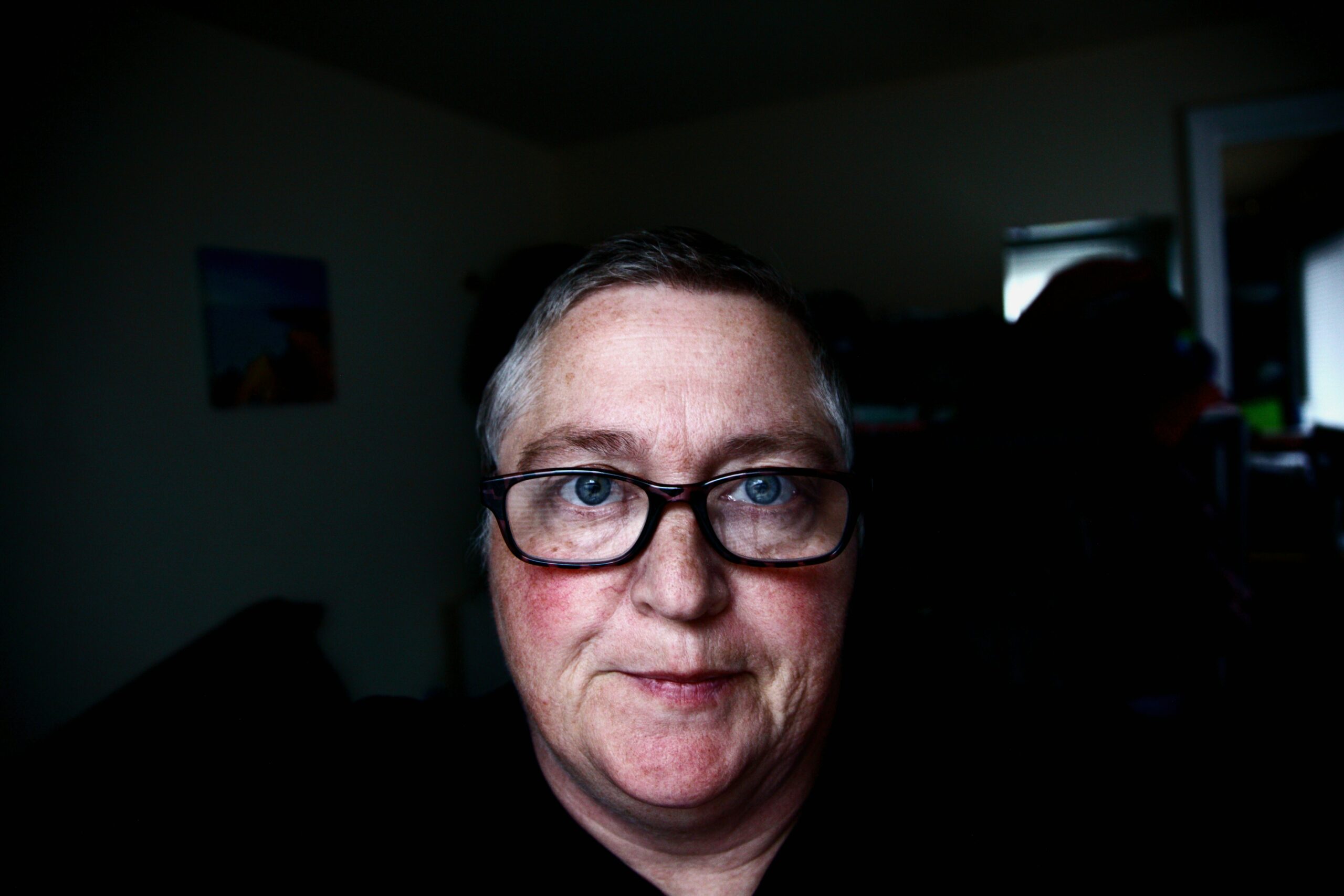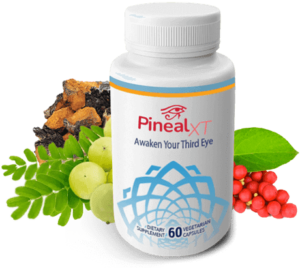Introduction: Rosacea, a chronic and often misunderstood skin condition, affects millions globally. While it’s most noticeable for the distinctive facial redness it causes, Rosacea’s impact goes beyond skin depth. In this article, we’ll explore the causes, symptoms, and effective treatment options for Rosacea, offering insights for those seeking relief and clarity on this condition.
What is Rosacea? Rosacea is a long-term skin disorder characterized by facial redness, swollen red bumps, and visible blood vessels, primarily affecting the central face. Often mistaken for acne or natural ruddiness, Rosacea can fluctuate in severity and manifest differently from person to person.
Causes of Rosacea: The exact cause of Rosacea remains unknown, but it’s believed to result from a combination of genetic and environmental factors. Potential triggers include:
- Sun exposure
- Emotional stress
- Hot or cold weather
- Wind
- Alcohol
- Spicy foods
- Certain cosmetics
Understanding and managing these triggers can play a crucial role in controlling Rosacea flare-ups.
Symptoms of Rosacea: Rosacea presents a range of symptoms, which can vary widely among individuals:
- Persistent redness in the central part of the face
- Small blood vessels on the nose and cheeks
- Acne-like skin eruptions
- Skin sensitivity and a burning sensation
- Ocular symptoms, like irritated, dry eyes
- Thickening skin, particularly on the nose
Recognizing these symptoms is key to early diagnosis and treatment.
Treatment Options: While there’s no cure for Rosacea, several treatments can help manage the symptoms:
- Topical Treatments: Creams and gels applied directly to the skin can reduce redness and swelling.
- Oral Medications: Antibiotics or other oral medications can be effective, especially for severe symptoms.
- Laser and Light Therapy: These procedures can reduce the visibility of blood vessels and remove excess tissue.
- Lifestyle Modifications: Identifying and avoiding individual triggers is crucial. This includes using sun protection, managing stress, and choosing gentle skin care products.
The Role of Diet and Exercise: A healthy lifestyle, including a balanced diet and regular exercise, can also play a role in managing Rosacea. Some foods and activities might trigger flare-ups, so it’s important to monitor and adjust your habits accordingly.
The Importance of Professional Guidance: Consulting a dermatologist is essential for an accurate diagnosis and tailored treatment plan. They can also guide skincare routines and lifestyle adjustments to better manage Rosacea.
Conclusion: Understanding Rosacea is the first step towards effective management. By recognizing the causes and symptoms, and exploring treatment options, individuals can significantly improve their quality of life. If you suspect you have Rosacea, remember, that you’re not alone, and there are many resources and treatments available to help you.
Keywords: Rosacea, Chronic Skin Condition, Facial Redness, Skin Care, Dermatology, Treatment Options, Lifestyle Management, Diet, Exercise, Health and Wellness.
Medical Advice Disclaimer:
Please note that the content provided on this website, including articles, blog posts, and all other information, is for general informational purposes only. It is not intended to be and should not be interpreted as medical advice or a diagnosis of any health or fitness problem, condition, or disease; nor a recommendation for a specific test, doctor, care provider, procedure, treatment plan, product, or course of action.
Always seek the advice of your physician or other qualified health professional before starting any new treatment or making any changes to existing treatment. Do not delay seeking or disregard medical advice based on information on this site. No information contained on this site is intended to be used for medical diagnosis or treatment. The information and services provided through this site are not a substitute for professional medical advice and should not be used to diagnose or treat a health problem or disease. Any information and advice published or made available through this website are not intended to replace the services of a physician, nor does it constitute a doctor-patient relationship.
Information on this site is provided “as is” without any warranty of any kind, either express or implied. Your use of this site is at your own risk. The content is provided on an “as is” basis.




